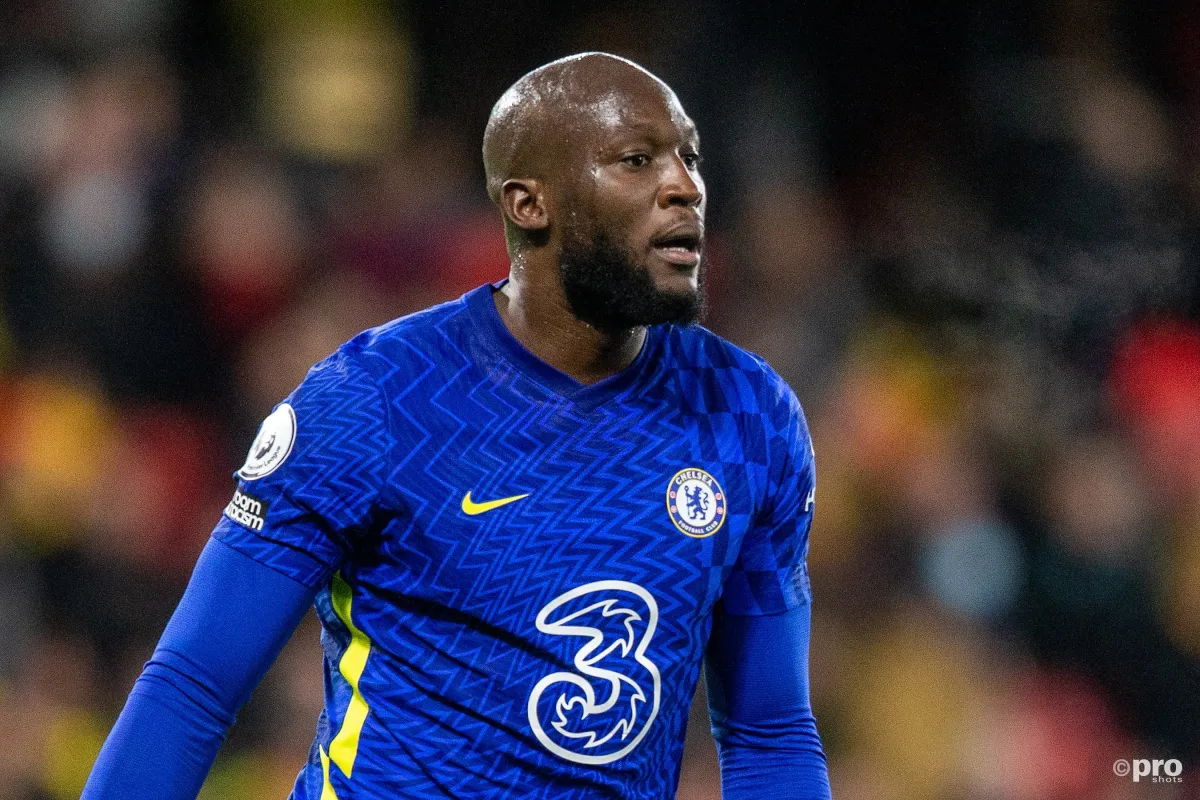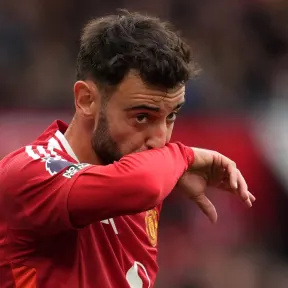What are the new VAR rules?

There was huge VAR-related controversy in the Carabao Cup final on Sunday on two occasions.
First, Liverpool thought they had opened the scoring midway through the second half.
Sadio Mane darted to the back post to head a Trent Alexander-Arnold free-kick back across goal for Joel Matip to head into the roof of the net.
But after a delay of two minutes, the goal was disallowed as Virgil van Dijk - whose foot was offside on the free kick - was adjudged to have been interfering with play when the ball was played.
Then, there was more controversy in extra time. Substitute Romelu Lukaku thought he had silenced his critics as he ran onto a through ball and buried his finish.
The goal was disallowed for offside, with Lukaku's arm seemingly offside when the replay was freeze-framed. It was confusing as to what part of his arm was actually offside, though.
A feature of last season was frustration at the Premier League's interpretation of VAR, which was heightened after the system appeared to be used differently - and more effectively - at Euro 2020.
The controversy has only continued into the 2021-22 season, despite the Premier League attempting to tackle this by changing their guidance for the new campaign.
A statement from the league read: "The 2021/22 season will be the third in the competition with Video Assistant Referees (VAR).
"Each season of VAR brings learning opportunities, and the implementation of VAR will adjust in line with those to bring further improvements."
So, what has changed?
What are the changes to VAR rules this season?
VAR will no longer award penalties for any contact from a defender to an attacker. A lighter touch will be the policy, with only clear contact that impedes the player or blatant fouls being penalised. In marginal calls, the penalty will not be awarded.
On a similar note, players will also be told they do not have to go down to ensure a penalty is awarded as any clear contact that impedes them will still result in a spot-kick.
Another change to penalty and foul guidance which will please defenders is backing in. When strikers nudge or back into a jumping defender to cause contact during an aerial duel, referees have been told that should be a foul given against the attacker rather than the other way around.

Perhaps the most significant change, and one which will delight forwards, is thicker lines are now being used when measuring offsides, increasing from 1mm to around 5cm, similar to the lines shown on TV broadcasts.
This will give the benefit of the doubt to attacking players once more.
The change is intended to eliminate the most fractional offside calls where toenails, noses or armpits were offside. One of Bruno Fernandes' three goals for Manchester United against Leeds on the opening day of the seasonwould have been ruled out under the rules last season.
Referees' chief Mike Riley estimated the change would lead to around 20 fewer goals per season being disallowed.
There will also be changes to how TV viewers see the decisions being made, with the process of lines being drawn no longer shown and just the final offside decision presented to avoid confusion and ensure clarity.
Offsides will also now be measured from the bottom of the armpit, again with the aim of eliminating farcical decisions where a tiny part of a player's arm is over the line.
Handball rules have been tweaked - accidental handballs in the build-up to a goal will now only be penalised if they directly lead to the goalscoring chance or if the arm is used to score.
Assistant referees are now allowed to flag more often for blatant offsides rather than wait for the move to play out. The flag can be raised and the free-kick immediately taken unless it is a clear goalscoring chance, in which case the attacking sequence can still be completed before a VAR check.
What does VAR stand for in football?
VAR stands for the video assistant referee.
After lengthy trials, the VAR system was first introduced to the laws of the game in 2018 and began being used in competitions from that point onwards. The World Cup in Russia that year was the first tournament to use the system in full.
Its purpose was to review decisions made by the on-field officiating team with a view to intervening when a clear and obvious error had been made in a significant incident that could alter the outcome of a match, reducing the effects of human error.
But while some analysts have been pleased with the increased accuracy, its usage has been controversial.
Many supporters - particularly when it comes to the Premier League's interpretation - have been unhappy with the delays it causes to the game and the marginal decisions that are ruling out goals or leading to penalty awards. There is also often confusion over the processes followed.
The Premier League hopes its changes will lead to a more free-flowing game this season, while still allowing the most significant errors to be spotted and corrected.






















